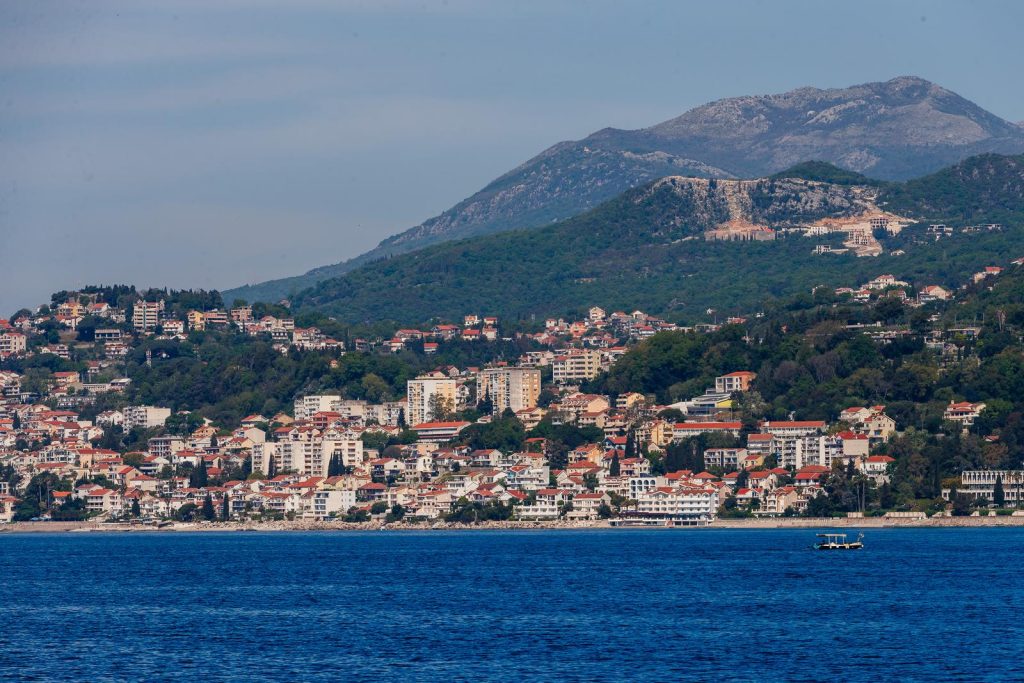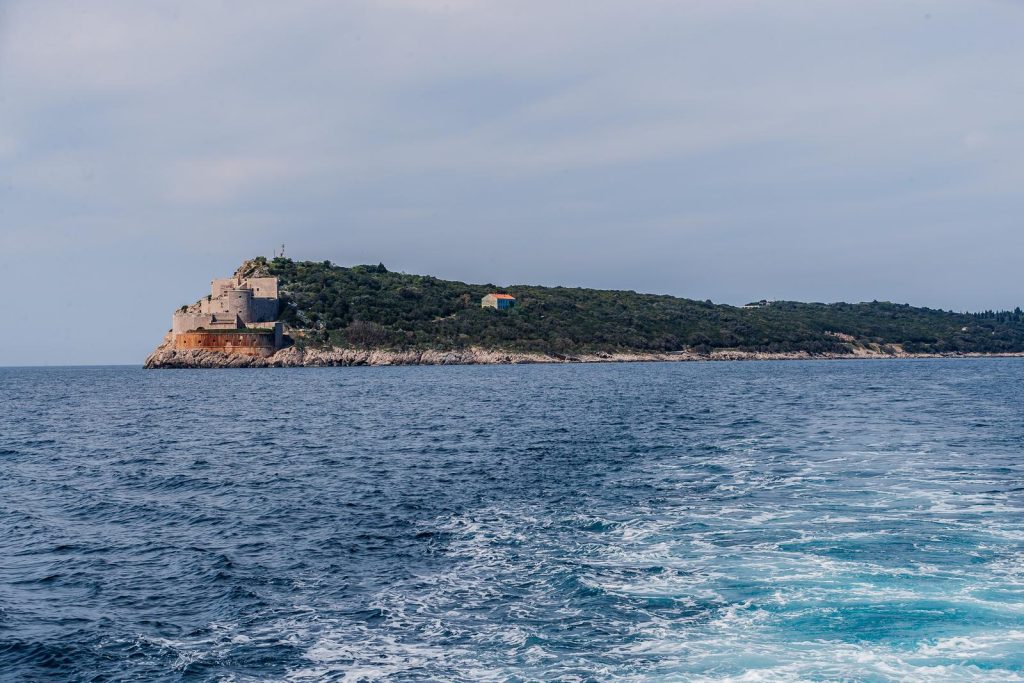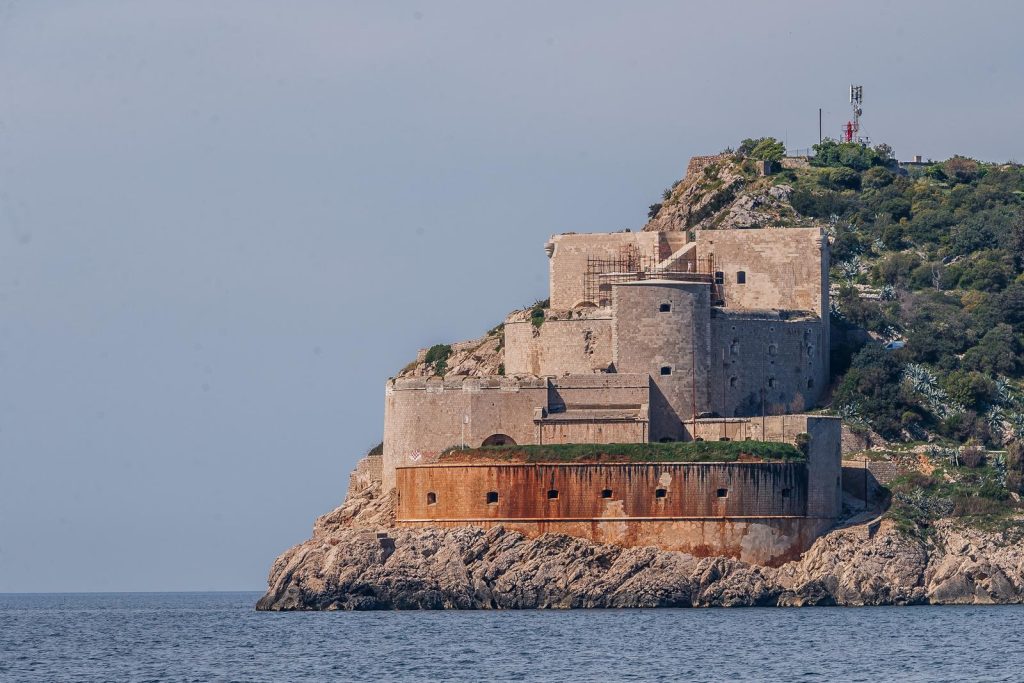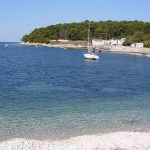November the 3rd, 2024 – Prevlaka is the southernmost tip of Croatia. This uninhabited little peninsula from which the Montenegrin coastline can be viewed, has plenty of interesting stories to tell.
Most people who have been to and subsequently fallen in love with Croatia began their journeys in southern Dalmatia, likely Dubrovnik. The glam of the Pearl of the Adriatic, the charm of the southernmost town of Cavtat, and the glorious beaches of idyllic Konavle are all incredible, but there are more stories to be told in the little villages that lead to Prevlaka, and the Montenegrin border.
First, there’s the quaint little village that time forgot – Vitaljina. Vitaljina is the southernmost settlement in mainland Croatia, and is the 2021 census is to be believed, there are only 153 people currently living there. In danger of becoming one of Croatia’s increasing list of ghost villages, very little has altered in this typical southern Dalmatian settlement for decades. After Vitaljina, we come to the very southern end of the country, where there’s very little natural life outside of wall lizards and snakes, both of which are commonplace in this often very hot, rugged terrain.
Prevlaka, which translates into English as portage, has been passed from pillar to post throughout the decades and centuries that have passed. First purchased by the formerly autonomous Dubrovnik Republic (Ragusa) from the then Bosnian Kingdom way back in the fifteenth century, Prevlaka has been strategic throughout history.
prevlaka, the southernmost tip of croatia and its turbulent history

Photo: Zvonimir Barisin/PIXSELL
Napoleon gained ownership of Prevlaka in the early 1800s, and then the Austrian Empire took ownership of it following his defeat, seeing it enter into the then Kingdom of Dalmatia. It then fell into the hands of the former Kingdom of the Serbs, Croats and Slovenes. The Kingdom of Yugoslavia placed it in Zeta Banovina along with Dubrovnik, with fortification being furthered by the armed forces following the initial structure created by the Ragusans.
Following the outbreak of WWII, the Axis-aligned Italians refused to allow the Independent State of Croatia, governed by the Ustase, or the Italian governorate of Montenegro control anything in the Bay of Kotor, which included Prevlaka as the now southernmost tip of Croatia. The Germans eventually took control from Italy, with Yugoslavia’s Partisans taking it from the Germans in 1944. When Nazi Germany was defeated and the short-lived Independent State of Croatia crumbled, Prevlaka became part of the People’s Republic of Croatia, a unit of the then “new” Yugoslavia. By the time the mid 1950s rolled around, the Yugoslav Army had prevented any public access to Prevlaka.
The breakup of Yugoslavia saw Croatia engulfed in a brutal war, the likes of which hadn’t been seen in Europe since Hitler’s black shirts were on the prowl. Greater Serbian aggressors, accompanied by bandits from Montenegro, brought a rain of havoc and destruction hammering down on Dubrovnik and the immediate region, and Prevlaka became a hot point yet again.
The Croatian military did actually managed to gain brief control over Prevlaka, before the Yugoslavs recaptured it. Eventually, Prevlaka was entirely demilitarised. In 2002, Prevlaka was returned to the (by this point) entirely independent Republic of Croatia. This tiny strip of land has a long saga behind it.
1.6 miles long and 500 metres wide…

Prevlaka is tiny, and the southernmost tip of Croatia offers some jaw-dropping views of both the very end of Croatian territory and the sprawling Montenegrin coast next door. Cape Ostro is situated at the very tip of the peninsula, and is certainly the location from where the best views can be enjoyed.











